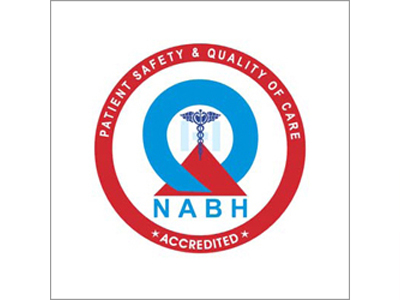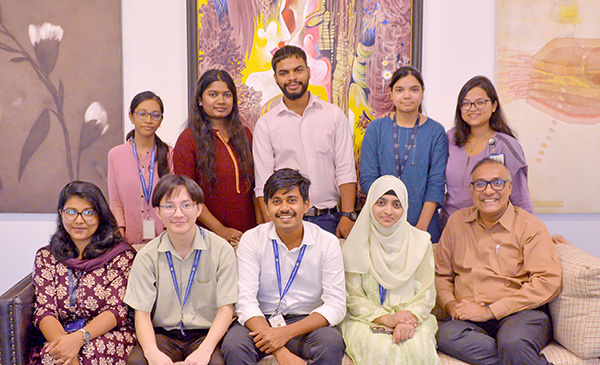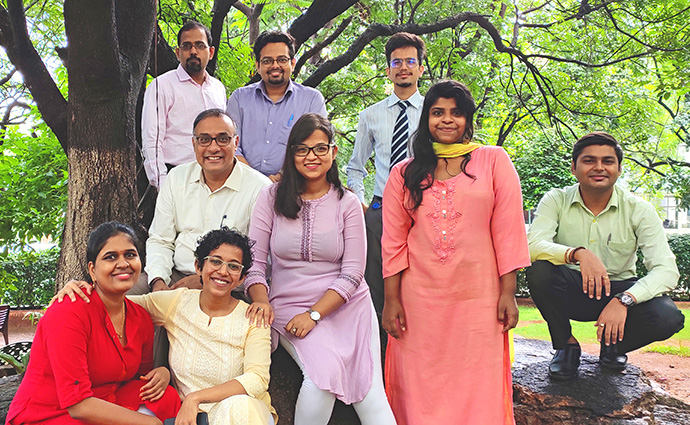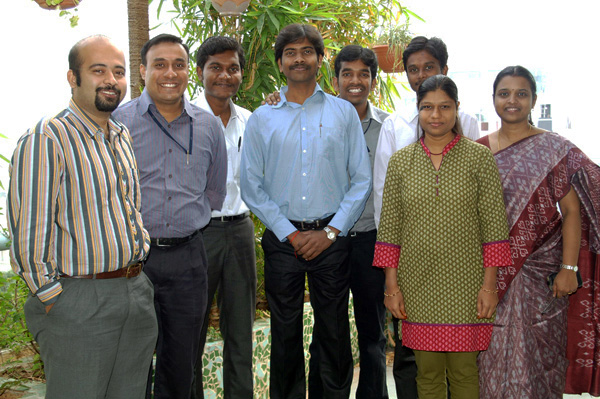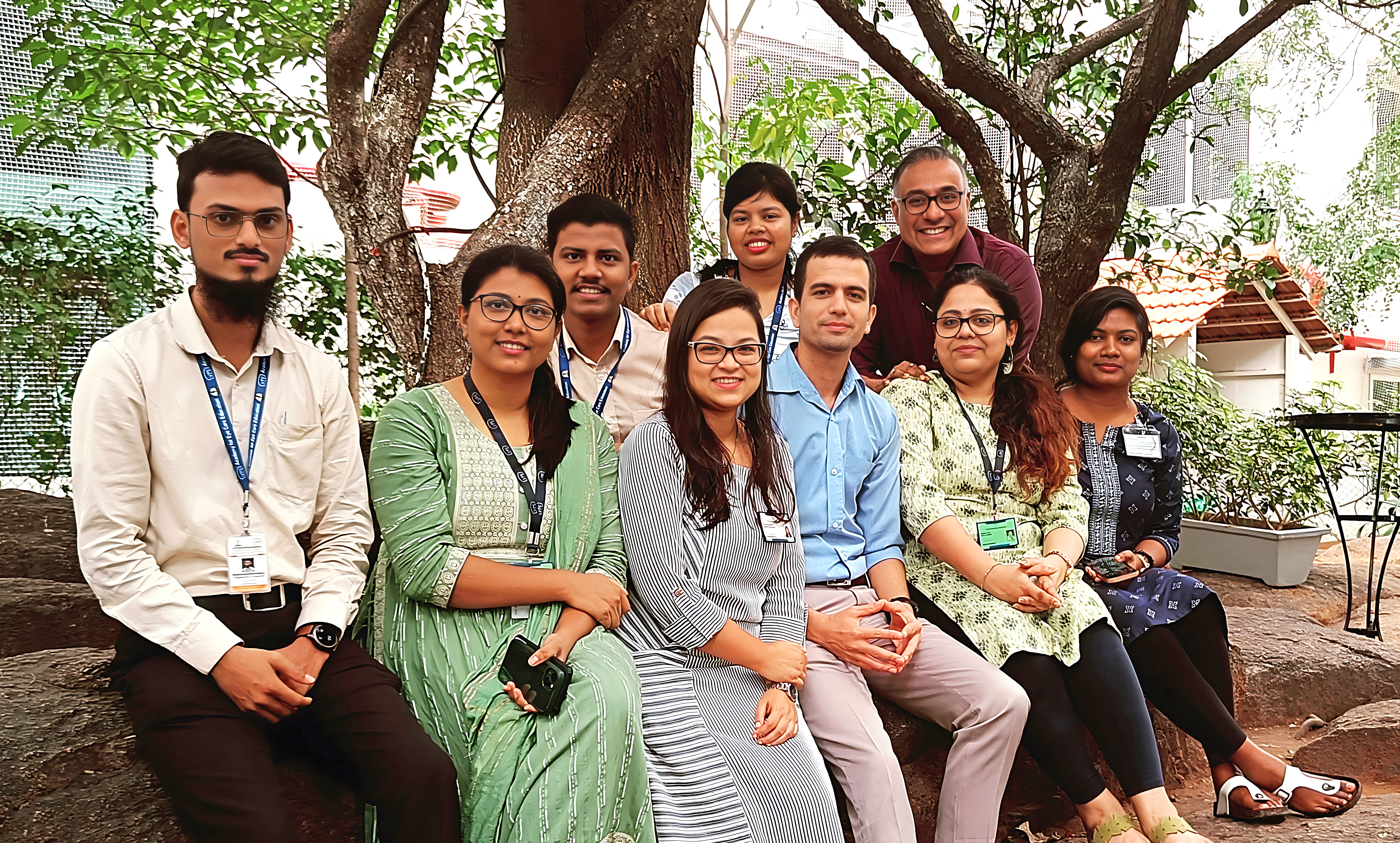Visual Optics and Psychophysics Laboratory

In verse 4.081 of the Thevaram, Saint Thirnaavukasarar describes the Nataraja statue in the Chidhambaran temple of Thanjavur district, Tamil Nadu, through the following passage "...kuniththa puruvamum, kovvaich chevvaayin kumin sirippum, paniththa jadayum pavazham pol meniyil paal vennirumum, iniththamudaiya eduththa porpaathamum kaanappetraal, maanitha piraviyum venduvathe intha maa nilaththe." This roughly translates to "If one can witness the curved eyebrows, the budding smile in the ruddy mouth resembling the kovai fruit, the matted locks kept wet by the river Ganga, the coral colored body smeared with milky white sacred ash, and the raised holy foot of lord Shiva, it is highly desirable to take birth in this world as a human being." (source: https://periscope-narada.blogspot.com/2017/05/kunitta-puruvamum.html)
Such a poetic description of the Nataraja is experienced only through the resolution of fine spatial details, as seen in the left image panel shown above. Once blurred (see middle and right panels), all these details are obliterated, leaving only the gross form of Nataraja visible. Our lab studies how such blurred imagery is processed by the human visual system, what limitations to sensory-motor processing does it impose and how the visual system adapts to prolonged experience of such degrades imagery.
Image courtesy: Fourier Optics Calculator developed by Prof Larry Thibos of the Indiana University School of Optometry. The left panel is the original image, the middle panel is blurred with 0.5microns of defocus and the right panel is blurred with 0.5microns of coma and trefoil, all over 5mm pupil diameter.
The Visual Optics and Psychophysics Laboratory was established at the Hyderabad campus of the Brien Holden Institute of Optometry and Vision Sciences, L V Prasad Eye Institute in the year 2009 by Dr Shrikant Bharadwaj. The lab has three major themes of research:
- To understand the impact of distortions in the eye on the perception of form and depth vision.
- To understand how the visual system adapts to the presence of such optical distortions experienced over extended periods of time.
- To develop instrumentation and technology for non-invasive measurement of the refractive power of the eye.
The lab uses human disease and iatrogenesis models for studying these focal themes. Non-invasive measurements of wavefront aberrometery, psychophysics and computational reconstruction of image quality are performed on patients with corneal disease like keratoconus and cataract and surgical procedures like corneal transplants, refractive surgery to understand the distortions experienced in the eye and their perception of form and depth vision. The understanding gained from these measurements will eventually be translated into newer modalities of diagnosis and management of eye disorders in the clinic. The entire enterprise is driven through active collaboration with colleagues from clinical ophthalmology and optometry, delivering high-quality patient care at the Hyderabad campus of the LVPEI.
The Team
- Shrikant R Bharadwaj, Principal Investigator
- Preetirupa Devi, Post-doctoral fellow
- Tithi Bhakta, Project Optometrist
- Indrani Sirivella, Project Optometrist
- Tai Jarkum, Project Optometrist
- Sofiya Muskan, Project Optometrist
- Erum Nisha, Consultant Optometrist
- Pudi Bhanu Swaroop, MTech Ophthalmic Engineering student
- Sanidhya Jain, MTech Ophthalmic Engineering student
- Marylina Debbarma, PGDOVS student
Past Lab Members
- Preetam Kumar - Post-doctoral research fellow, University of Houston College of Optometry, Houston, USA.
- Bhagya Lakshmi Marella - Post-doctoral research fellow, Indiana University School of Optometry, Bloomington, USA
- Praveen Kumar Bandela - Post-doctoral research fellow, nthalmic Pvt Ltd, Sydney, Australia
- C Vijay Reena Durai - Research associate, Bionic eye centre, Randwick, Australia
- Vinay Kumar Nilagiri - Post-doctoral research fellow at University of Western Australia, Perth, Australia
- Chandrika Ravisankar - PhD student at SRM Institute of Science and Technology, Chennai, India
- Samrat Sarkar - PhD student at University of New South Wales, Sydney, Australia
- Nakka Geetha Sravani - PhD student at University of New South Wales, Sydney, Australia
- Asra Fatima - PhD student at University of Hyderabad School of Medical Sciences, Hyderabad, India
- Veerendranath Pesala - Consultant Optometrist, L V Prasad Eye Institute, Hyderabad, India
- Sabyasachi Goswami - PhD student at the Department of Brain and Cognitive Sciences - University of Rochester
- Ketakee Jain, Faculty, Vinayaka Mission Research Foundation, Salem, India
- Mohammed Abdul Subhan
- Naveen Kumar
- Swaathi Balaji
- Avina Patel
